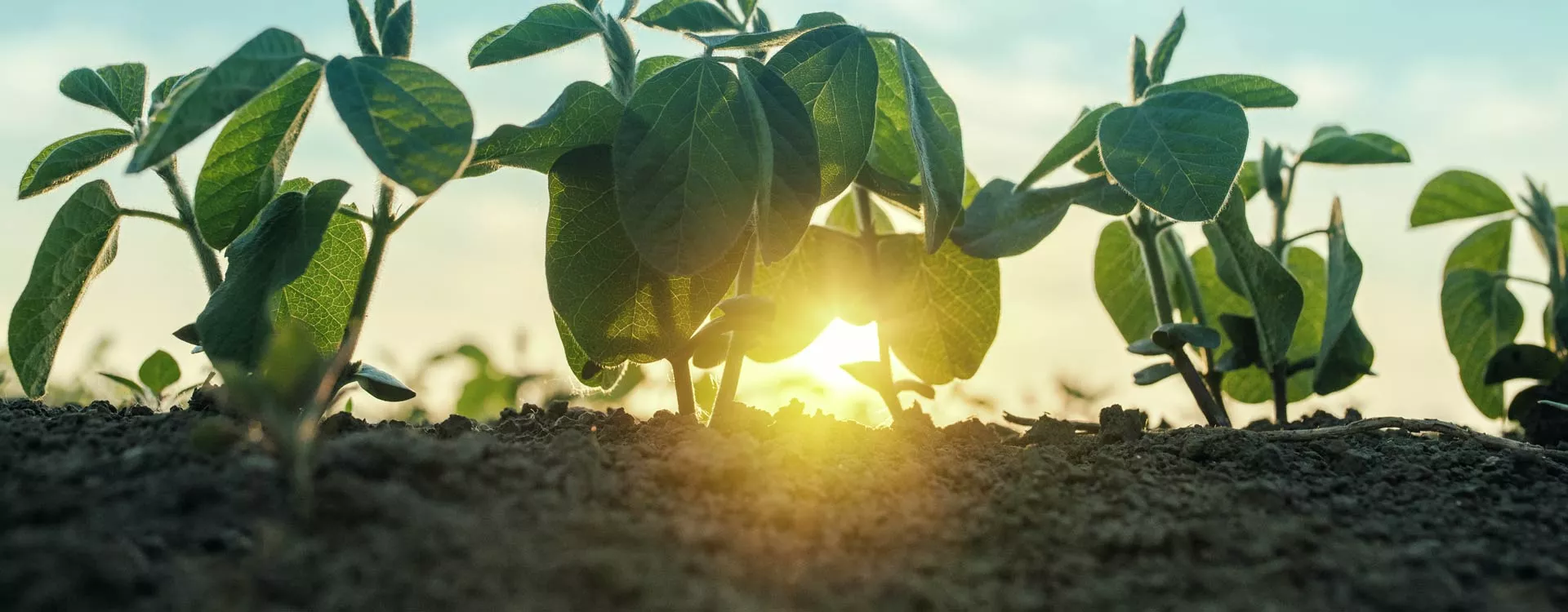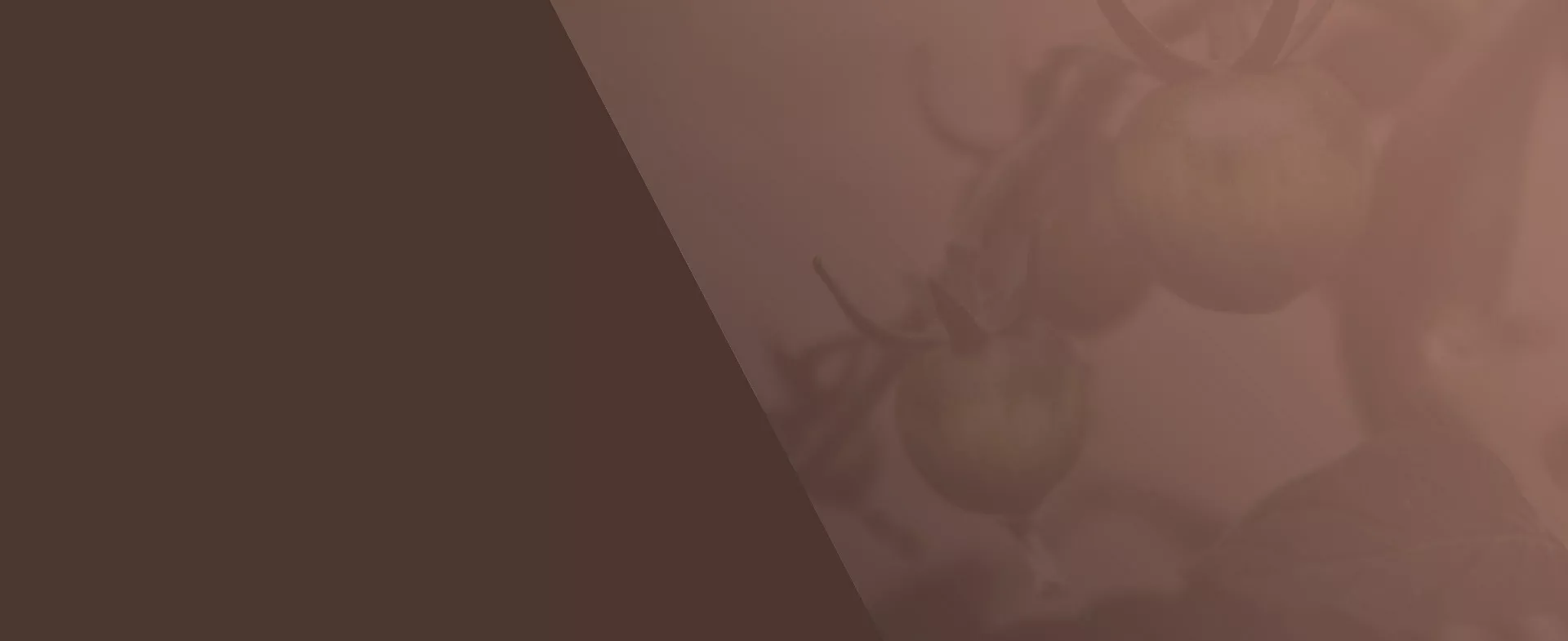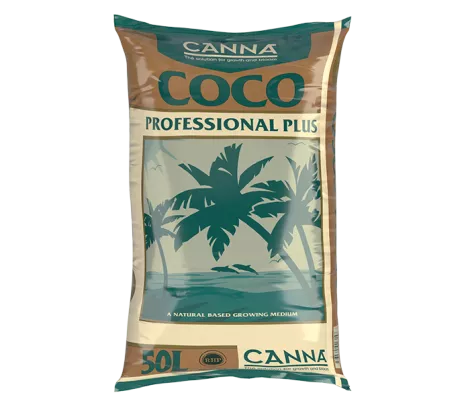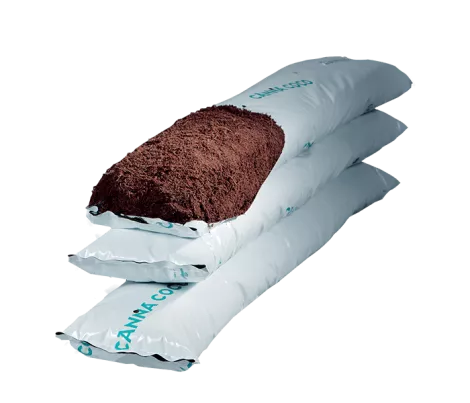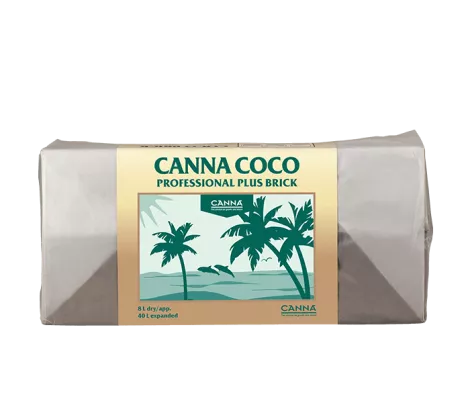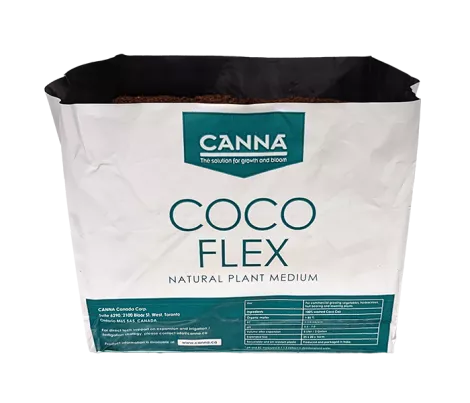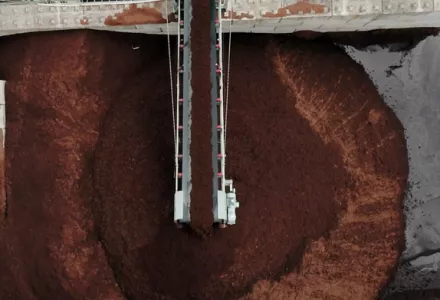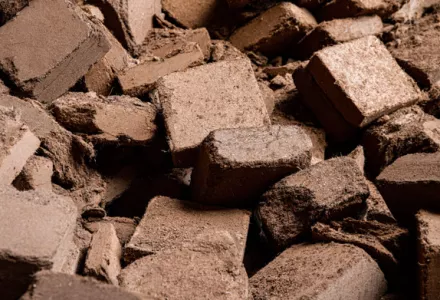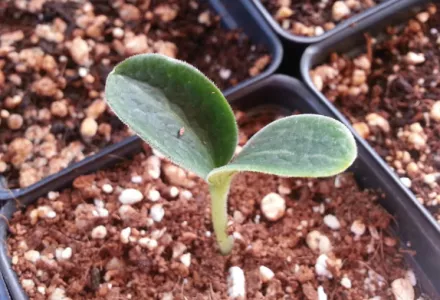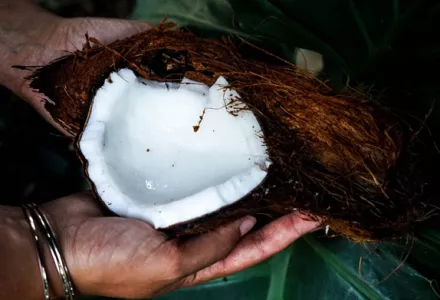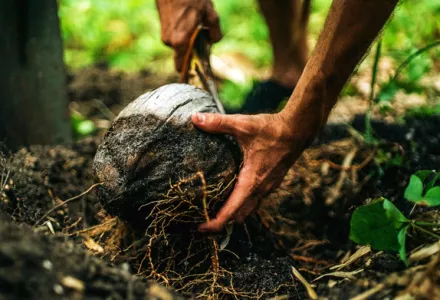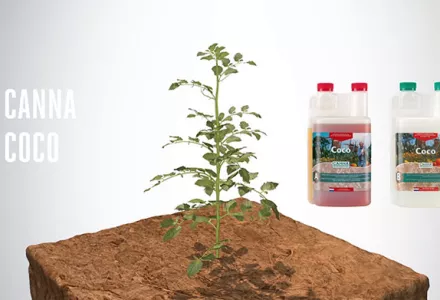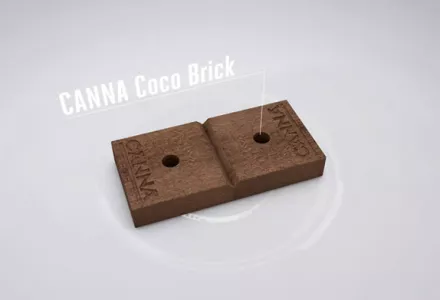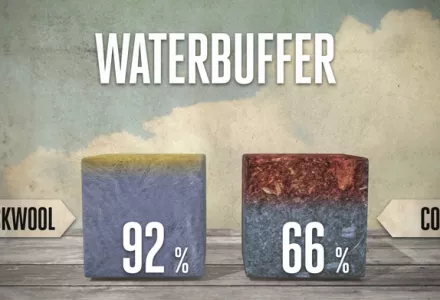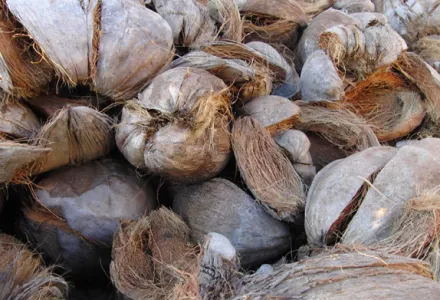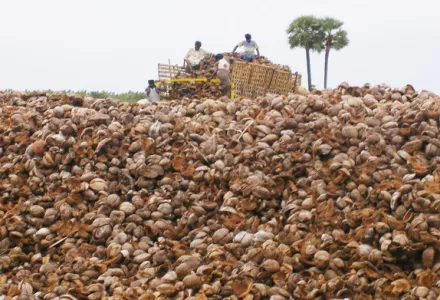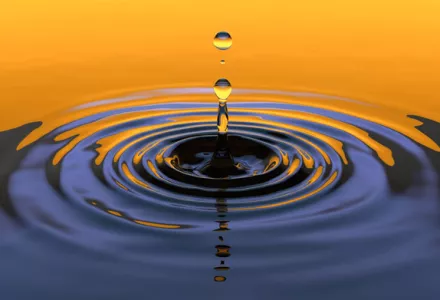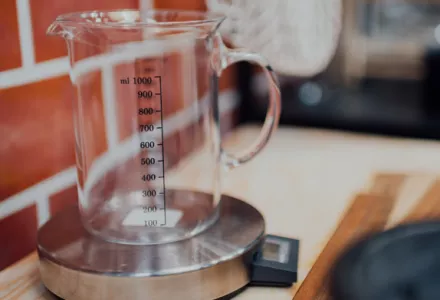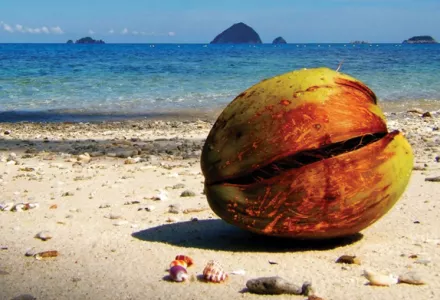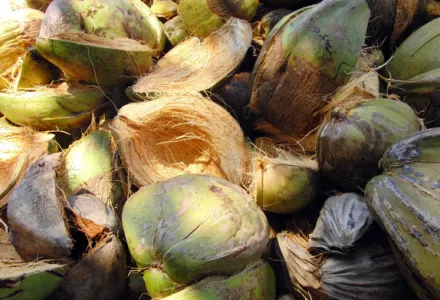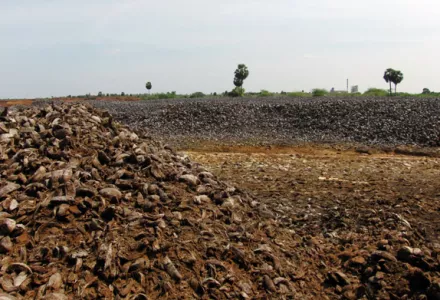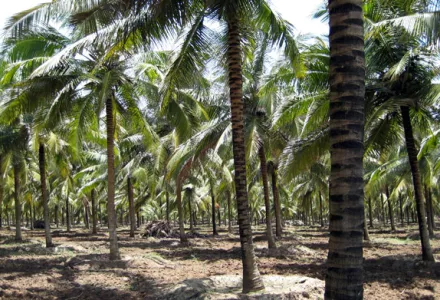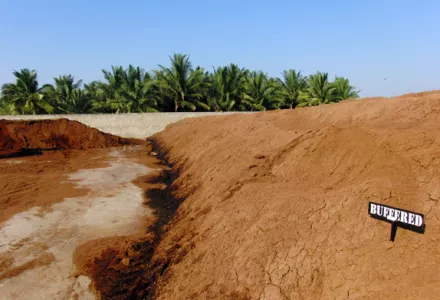Benefits
Coco is a complete professional nutrient for plants containing all the essential elements for optimal growing and flowering. Coco can be used for the growing and blooming phase if it is used in combination with a quality Coco substrate growing medium (like CANNA Coco) due to the fact that it will interact with the growing medium. Coco is easy to use dissolves directly and is extremely suitable for growing in pots or with ”run to waste” systems.
Rich in high-value elements
After years of research into soil, drainage and leaf analyses, CANNA has succeeded in being the first to develop a fertilizer that is specifi cally tailored to the characteristics of cocos substrates. CANNA Coco A&B is composed of high value minerals which give the plant optimum nutrient absorption.
Why A&B nutrients?
CANNA COCO nutrients consist of two parts, an A part and a B part. We separate these parts for a reason. As it happens, if some of the elements in part A and B are thrown together at the same time, they clog together. The plant cannot absorb this. That's why you should first add the A component and then the B component!
How to use?
A ready to use fertilizer solution is made by diluting A&B concentrates in equal amounts with tap water
User Instructions
- Shake Coco A and Coco B well before use
- Fill the nutrition tank with water
- Dosage: 40 ml / 10 Liter - 15 ml / US gallon (1:250)
- Stir well and let mixture stand for some hours
- Recommended pH: 5.5 - 6.2
- Recommended EC for Coco A + B is 0.8 - 1.8 mS/cm (Part A plus Part B and assuming source water at 0.0 EC)
- Water gift: 3 - 6 liter / m2 / day (for full grown plants)
- Plants best catch roots in the Coco medium when it is not too wet
Other directions
- Never mix the A-concentrate directly with the B-concentrate, as insoluble combinations will occur
- Keep out of reach of children
- Store in a dark place
- Keep away from extremes of hot and cold
- Over fertilization has a negative effect on the nutrient mix and plant quality
- Not to be used in protected nature reserves, reed beds or swampy areas, in hedges or small woods, in bodies of surface waters or near groundwater collecting areas
- If the solution comes in contact with the skin or eyes, rinse with water
Additional info

